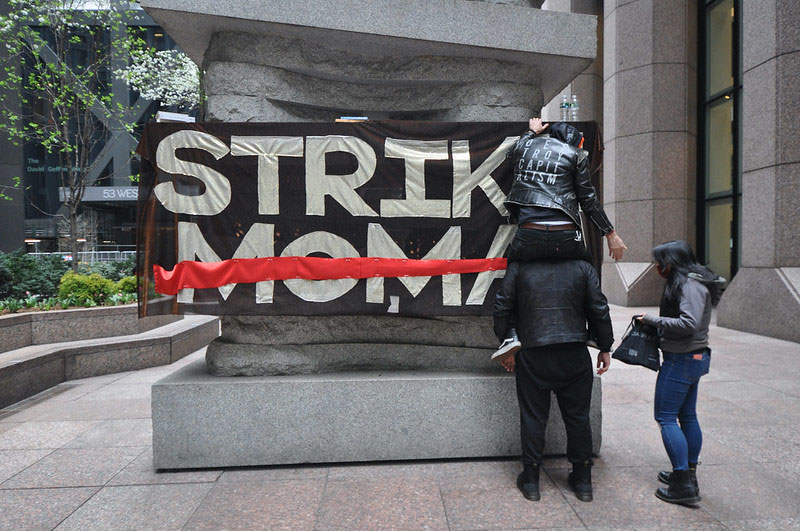{source}[[span style=”float: right; border-left: 1px solid gray; border-bottom: 1px solid gray; margin: 0pt 0pt 5px 5px; padding: 0pt 0pt 0pt 5px;width:250px;”]][[h3]]Related Articles[[/h3]][[br /]]{loadposition related}[[/span]]{/source}
August 6, 2010; Source: Building Neighborhoods | This is actually the second part of an extraordinarily revealing and useful analysis of 47 groups engaged in the process of submitting applications for Promise Neighborhoods planning grants (ultimately, nine of the 47 decided not to submit); read part I here. Building Neighborhoods is an online newsletter edited by Patrick Lester of the United Neighborhood Centers of America, monitoring federal policy on neighborhoods, but with a very useful laser-like focus on the Promise Neighborhoods program of the U.S. Department of Education. Without waiting until DOE makes it 20 selections from the 339 applications it received, Lester and UNCA decided to see what the applicants or almost-applicants thought of the DOE process.
Sign up for our free newsletters
Subscribe to NPQ's newsletters to have our top stories delivered directly to your inbox.
By signing up, you agree to our privacy policy and terms of use, and to receive messages from NPQ and our partners.
Among their observations: Groups in cities that had preexisting projects like the Harlem Children’s Zone program (upon which Promise Neighborhoods is modeled), such as the LISC program in Chicago or the Annie E. Casey “Making Connections” programs felt they had a “jump start that had helped them.” Nonetheless, when the RFP was finally issued on April 30th with an initial deadline of June 25, it set off a “frenzied” “mad dash,” the short timeframe straining relationships with partner organizations, especially funders whose meeting schedules made getting timely decisions difficult. Some applicants called the application process “planning to plan,” which most felt was counterproductive, and, as one put it, “a dumb idea.” The process required devoting thousands of hours to an application with slight odds of success, unjustifiable in cost-benefit terms to some, especially since it was only planning money with Congress showing signs of backing away from appropriating implementation funding.
What really surprised the UNCA analysts was the finding that most applicants believed that politics would play an inordinate role in the selection of PN winners, notwithstanding DOE protestations to the contrary. Abetting this suspicion is the DOE’s less than exemplary practices regarding transparency and openness in the Promise Neighborhoods RFP development process. There is much to learn from UNCA’s analysis of the PN process.—Rick Cohen













